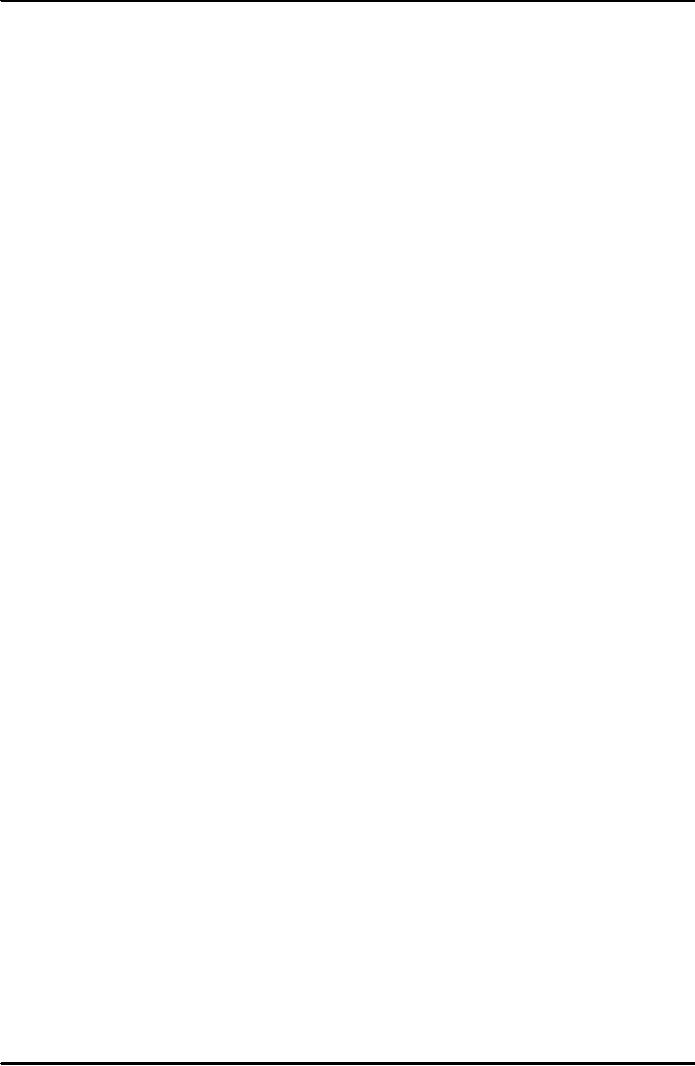 |
INTRODUCTION TO ECONOMICS:Economic Systems |
| INTRODUCTION TO ECONOMICS (CONTINUED………):Opportunity Cost >> |

Introduction
to Economics ECO401
VU
UNIT
- 1
Lesson
1.1
INTRODUCTION
TO ECONOMICS
What
is Economics?
Economics
is not a natural science,
i.e. it is not concerned
with studying the physical
world like
chemistry,
biology.
Social
sciences are connected with
the study of people in
society. It is not possible to
conduct
laboratory
experiments, nor is it possible to
fully unravel the process of
human decision-
making.
"Economics
is the study of how we the
people engage ourselves in
production, distribution
and
consumption
of goods and services in a
society."
Normative
economics and Positive
Economics:
Normative
economics refers to value
judgments, e.g. what "ought"
to be the goals, of
public
policy.
Normative statements cannot be
tested.
Positive
economics, by contrast, is the
analysis of facts and
behavior in an economy or
"the
way
things are." Positive
statements can be
tested.
We
the
people: includes firms,
households and the
government.
Goods
are
the things which are
produced to be sold.
Services
involve
doing something for the
customers but not producing
goods.
Factors
of production:
Factors
of production are inputs
into the production process.
They are the resources
needed
to
produce goods and services.
The factors of production
are:
�
Land
includes
the land used for
agriculture or industrial purposes as
well as
natural
resources taken from above
or below the soil.
�
Capital
consists
of durable producer goods
(machines, plants etc.) that
are in
turn
used for production of other
goods.
�
Labor
consists
of the manpower used in the
process of production.
�
Entrepreneurship
includes
the managerial abilities
that a person brings to
the
organization.
Entrepreneurs can be owners or
managers of firms.
Scarcity
does
not mean that a good is
rare; scarcity exists
because economic resources
are
unable
to supply all the goods
demanded.
Rationing
is
a process by which we limit
the supply or amount of some
economic factor which
is
scarcely available.
Economic
Systems:
A
free market/capitalist economy is a
system in which the
questions about what to
produce,
how
to produce and for whom to
produce are decided
primarily by the demand and
supply
interactions
in the market.
Dictatorship
is a system in which economic
decisions are taken by the
dictator which may be
an
individual or a group of selected
people.
A
command or planned economy is a
mode of economic organization in
which the key
economic
functions for whom,
what, how to produce are
principally determined by
government
directive.
1
Table of Contents:
- INTRODUCTION TO ECONOMICS:Economic Systems
- INTRODUCTION TO ECONOMICS (CONTINUED………):Opportunity Cost
- DEMAND, SUPPLY AND EQUILIBRIUM:Goods Market and Factors Market
- DEMAND, SUPPLY AND EQUILIBRIUM (CONTINUED……..)
- DEMAND, SUPPLY AND EQUILIBRIUM (CONTINUED……..):Equilibrium
- ELASTICITIES:Price Elasticity of Demand, Point Elasticity, Arc Elasticity
- ELASTICITIES (CONTINUED………….):Total revenue and Elasticity
- ELASTICITIES (CONTINUED………….):Short Run and Long Run, Incidence of Taxation
- BACKGROUND TO DEMAND/CONSUMPTION:CONSUMER BEHAVIOR
- BACKGROUND TO DEMAND/CONSUMPTION (CONTINUED…………….)
- BACKGROUND TO DEMAND/CONSUMPTION (CONTINUED…………….)The Indifference Curve Approach
- BACKGROUND TO DEMAND/CONSUMPTION (CONTINUED…………….):Normal Goods and Giffen Good
- BACKGROUND TO SUPPLY/COSTS:PRODUCTIVE THEORY
- BACKGROUND TO SUPPLY/COSTS (CONTINUED…………..):The Scale of Production
- BACKGROUND TO SUPPLY/COSTS (CONTINUED…………..):Isoquant
- BACKGROUND TO SUPPLY/COSTS (CONTINUED…………..):COSTS
- BACKGROUND TO SUPPLY/COSTS (CONTINUED…………..):REVENUES
- BACKGROUND TO SUPPLY/COSTS (CONTINUED…………..):PROFIT MAXIMISATION
- MARKET STRUCTURES:PERFECT COMPETITION, Allocative efficiency
- MARKET STRUCTURES (CONTINUED………..):MONOPOLY
- MARKET STRUCTURES (CONTINUED………..):PRICE DISCRIMINATION
- MARKET STRUCTURES (CONTINUED………..):OLIGOPOLY
- SELECTED ISSUES IN MICROECONOMICS:WELFARE ECONOMICS
- SELECTED ISSUES IN MICROECONOMICS (CONTINUED……………)
- INTRODUCTION TO MACROECONOMICS:Price Level and its Effects:
- INTRODUCTION TO MACROECONOMICS (CONTINUED………..)
- INTRODUCTION TO MACROECONOMICS (CONTINUED………..):The Monetarist School
- THE USE OF MACROECONOMIC DATA, AND THE DEFINITION AND ACCOUNTING OF NATIONAL INCOME
- THE USE OF MACROECONOMIC DATA, AND THE DEFINITION AND ACCOUNTING OF NATIONAL INCOME (CONTINUED……………..)
- MACROECONOMIC EQUILIBRIUM & VARIABLES; THE DETERMINATION OF EQUILIBRIUM INCOME
- MACROECONOMIC EQUILIBRIUM & VARIABLES; THE DETERMINATION OF EQUILIBRIUM INCOME (CONTINUED………..)
- MACROECONOMIC EQUILIBRIUM & VARIABLES; THE DETERMINATION OF EQUILIBRIUM INCOME (CONTINUED………..):The Accelerator
- THE FOUR BIG MACROECONOMIC ISSUES AND THEIR INTER-RELATIONSHIPS
- THE FOUR BIG MACROECONOMIC ISSUES AND THEIR INTER-RELATIONSHIPS (CONTINUED…….)
- THE FOUR BIG MACROECONOMIC ISSUES AND THEIR INTER-RELATIONSHIPS (CONTINUED…….):Causes of Inflation
- THE FOUR BIG MACROECONOMIC ISSUES AND THEIR INTER-RELATIONSHIPS (CONTINUED…….):BALANCE OF PAYMENTS
- THE FOUR BIG MACROECONOMIC ISSUES AND THEIR INTER-RELATIONSHIPS (CONTINUED…….):GROWTH
- THE FOUR BIG MACROECONOMIC ISSUES AND THEIR INTER-RELATIONSHIPS (CONTINUED…….):Land
- THE FOUR BIG MACROECONOMIC ISSUES AND THEIR INTER-RELATIONSHIPS (CONTINUED…….):Growth-inflation
- FISCAL POLICY AND TAXATION:Budget Deficit, Budget Surplus and Balanced Budget
- MONEY, CENTRAL BANKING AND MONETARY POLICY
- MONEY, CENTRAL BANKING AND MONETARY POLICY (CONTINUED…….)
- JOINT EQUILIBRIUM IN THE MONEY AND GOODS MARKETS: THE IS-LM FRAMEWORK
- AN INTRODUCTION TO INTERNATIONAL TRADE AND FINANCE
- PROBLEMS OF LOWER INCOME COUNTRIES:Poverty trap theories: